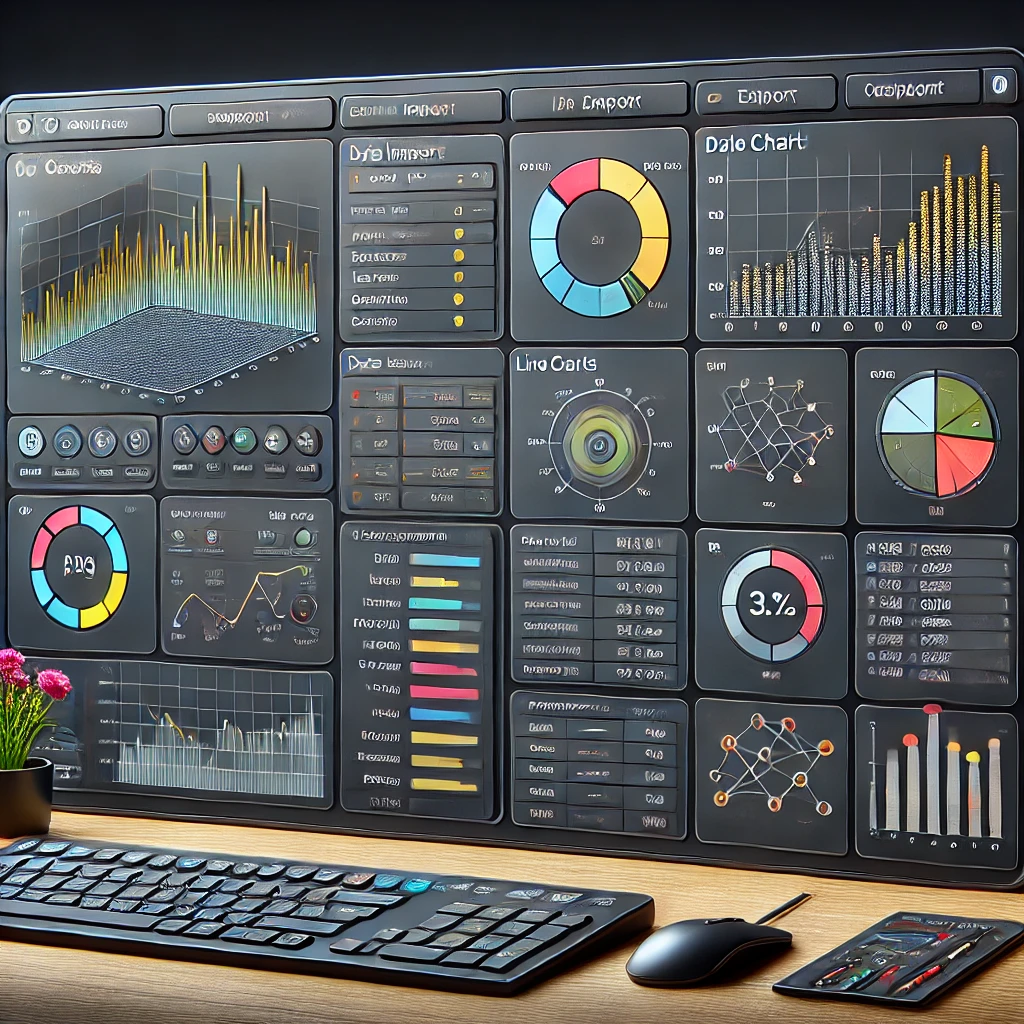Voldis Cheatsheet
Voldis is an advanced tool used by professionals to streamline data visualization, processing, and manipulation tasks. With its powerful set of commands and functionalities, Voldis can simplify complex workflows and enhance productivity. This cheatsheet serves as a quick reference guide, covering essential Voldis commands, shortcuts, and best practices. Here’s everything you need to know to make the most out of Voldis.
1. Introduction to Voldis
Voldis is designed for users who work with large datasets and need quick, clear, and customizable visualization options. It integrates seamlessly with other data-processing tools, making it popular among data analysts, scientists, and developers. Voldis’s flexibility, paired with an extensive range of visualization styles, allows users to convert raw data into actionable insights efficiently.
Why Use Voldis?
- Speed: Processes and visualizes data faster than many traditional tools.
- Flexibility: Supports numerous file formats and database integrations.
- Customization: Allows fine-grained control over data manipulation and visualization.
- Community: An active user base continuously shares tips, tricks, and best practices.
2. Getting Started with Voldis
Before diving into specific commands, it’s essential to set up your environment correctly. Ensure that you have the latest version of Voldis installed to leverage new features and improvements. Once installed, launch Voldis from your preferred IDE or command-line interface.
Basic Commands
| Command | Description |
|---|---|
voldis -init |
Initializes a new Voldis project. |
voldis -open [file] |
Opens a specific file in Voldis. |
voldis -export [format] |
Exports your project in the specified format. |
3. Data Import and Preprocessing
Voldis allows you to import data from various sources, including CSV files, Excel spreadsheets, SQL databases, and JSON files. The tool’s preprocessing commands enable data cleaning and transformation before visualization.
Importing Data
- CSV Import:
voldis -import csv [file_path] - Excel Import:
voldis -import excel [file_path] - SQL Query Import:
voldis -import sql [query]
Preprocessing Commands
Once data is loaded, preprocessing is key. Voldis includes commands for filtering, sorting, and aggregating data:
- Filter Data:
voldis -filter [column] [condition]
Example:voldis -filter age ">30" - Sort Data:
voldis -sort [column] [asc/desc]
Example:voldis -sort revenue desc - Aggregate Data:
voldis -aggregate [column] [function]
Example:voldis -aggregate sales sum
4. Data Visualization Commands
Visualization is Voldis’s core strength. With a wide range of visualization options, you can customize your data representations to fit your project’s needs. Here are some of the most commonly used visualization commands.
Bar and Column Charts
Bar and column charts are ideal for comparing quantities across categories. In Voldis, you can create these charts with simple commands:
voldis -chart bar -data [dataset] -x [column] -y [column]
Example
voldis -chart bar -data sales_data -x region -y revenue
Line Charts
Line charts are perfect for visualizing trends over time. The line parameter allows you to set up a line chart using specific x and y axes.
voldis -chart line -data [dataset] -x [time_column] -y [value_column]
Example
voldis -chart line -data monthly_sales -x month -y total_sales
Scatter Plots
For showing relationships between variables, scatter plots are often the best choice. Use the following command to create a scatter plot.
voldis -chart scatter -data [dataset] -x [column] -y [column]
Example
voldis -chart scatter -data market_analysis -x ad_spend -y sales_growth
Pie Charts
Pie charts represent parts of a whole and are most effective for categorical data with limited segments.
voldis -chart pie -data [dataset] -category [column] -value [column]
Example
voldis -chart pie -data product_sales -category product_category -value total_sales
5. Advanced Visualization Customizations
Customizing visuals helps enhance clarity and audience engagement. Voldis supports a range of styling options:
- Set Colors:
voldis -set color [hex_code] - Add Titles:
voldis -title "Chart Title" - Axis Labels:
voldis -label x [label_name] y [label_name]
Example: Customizing a Line Chart
voldis -chart line -data monthly_sales -x month -y total_sales -set color "#4CAF50" -title "Monthly Sales Growth" -label x "Month" y "Sales"6. Exporting and Sharing Visualizations
Voldis provides several export options to make sharing visuals easy. You can export charts in formats such as PNG, PDF, and SVG.
Export Commands
- Export as PNG:
voldis -export png -output [filename.png] - Export as PDF:
voldis -export pdf -output [filename.pdf] - Export as SVG:
voldis -export svg -output [filename.svg]
Example
voldis -export png -output sales_report.png
Sharing Options
Voldis also integrates with cloud storage solutions, making collaboration straightforward.
- Share to Cloud:
voldis -share cloud -destination [cloud_service]Example:voldis -share cloud -destination dropbox
7. Tips and Tricks for Optimizing Voldis
Making the most out of Voldis involves mastering a few lesser-known tricks and commands. Here are some valuable tips to boost productivity.
Use Shortcuts
Voldis includes keyboard shortcuts for frequently used commands:
- Ctrl + N: New project
- Ctrl + S: Save project
- Ctrl + E: Export current visualization
Automate Repetitive Tasks
With the voldis -macro command, you can create macros to automate tasks.
voldis -macro record [macro_name]
Example: Automate data import and preprocessing with a single command.
Custom Templates
Save customized visual styles as templates for future use.
- Save Template:
voldis -template save [template_name] - Load Template:
voldis -template load [template_name]
8. Troubleshooting Common Issues
While Voldis is user-friendly, occasional issues may arise. Here’s how to resolve common problems.
Common Errors
- Data Import Errors: Ensure file paths are correct and that the data format is supported.
- Chart Rendering Issues: Verify that columns specified for x and y axes contain compatible data types.
Error-Handling Commands
- Debug Mode:
voldis -debug - Reset Command:
voldis -reset
Using debug mode can help identify the root cause of an issue, while the reset command clears your environment to prevent conflicts.
9. Voldis Community and Resources
The Voldis community provides a wealth of resources, including forums, tutorials, and documentation. New users can join the Voldis forum to get assistance, share custom templates, and stay updated on recent developments.
- Official Documentation: A detailed guide covering all Voldis features.
- User Forum: Engage with other Voldis users and access shared scripts.
- Tutorials: Step-by-step guides for beginners and advanced users.
10. Conclusion
Voldis is a powerful tool that makes data visualization and manipulation efficient and accessible. By following this cheatsheet, users can get a head start on using Voldis effectively, making data insights clearer and sharing visuals easier. With continuous practice and exploration, Voldis will quickly become an invaluable tool for any data-driven professional.
Keep this cheatsheet handy, and you’ll be well-equipped to harness the full potential of Voldis. Happy data exploring!










